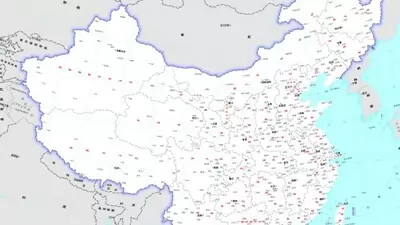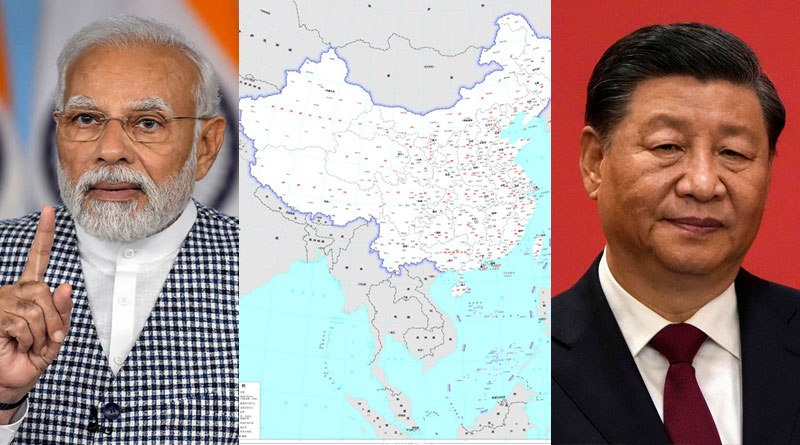China’s new map stirs a big storm. Along with India, these countries also reject…
Vietnam has voiced its disapproval of China’s recent official map, stating that it encroaches on Vietnam’s control of the Spratly and Paracel Islands and its waters. This objection was communicated through a statement on Vietnam’s government news website. This underscores the ongoing disagreements in the South China Sea, where various countries, including Vietnam and China, claim ownership of these disputed islands. These territorial disputes have caused diplomatic tensions in the region for a while and are closely watched for any potential escalation.

China’s sovereignty and maritime claims associated with the “nine-dotted line” on the map are considered “invalid,” stated Pham Thu Hang, the spokesperson for Vietnam’s foreign affairs ministry. Hang also emphasized Vietnam’s strong opposition to all of China’s claims in the South China Sea that rely on this “dotted line.”
Several other countries have joined in rejecting the map. India expressed concern on Tuesday about a segment of the map indicating that China has authority over parts of Arunachal Pradesh. The Philippines declared that it does not acknowledge China’s broad territorial assertions in the South China Sea. Meanwhile, Malaysia and Taiwan have issued forceful statements, accusing Beijing of laying claim to their territories. These objections from multiple nations highlight the widespread international reservations regarding China’s territorial claims and the impact of such claims on regional stability.

During a routine press briefing in Beijing on Wednesday, Chinese Foreign Ministry spokesman Wang Wenbin urged all parties to maintain objectivity and composure and to avoid excessive interpretations regarding the map. China’s release of the map aims to provide an official reference for publishers, businesses, and others. This move seeks to prevent potential issues faced by foreign companies when dealing with the Chinese government concerning the use of maps. Wang Wenbin’s statement underscores China’s intent to provide a standard reference while emphasizing the importance of a calm and objective approach to the matter.
China asserts ownership of over 80% of the South China Sea, substantiating this claim with a map dating back to 1947, known as the “nine-dash line.” This line consists of indistinct dashes, curving to a point approximately 1,100 miles (1,800 kilometers) south of Hainan Island. However, Vietnam, the Philippines, Brunei, Malaysia, and Taiwan all lay claim to portions of the same maritime region. Disputes have arisen as these countries contest the precise boundaries of their respective territories within this area, leading to tensions and diplomatic disagreements with China over maritime sovereignty.
China’s effort to provide an official map is aimed at establishing a standard reference but underscores the complex and contentious nature of territorial disputes in the South China Sea, which continue to be a prominent issue in international diplomacy and geopolitics. Like this post? Don’t forget to check out our other short stories in our Quick Read section

